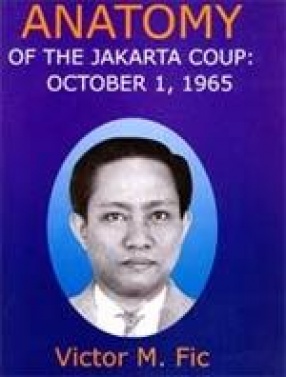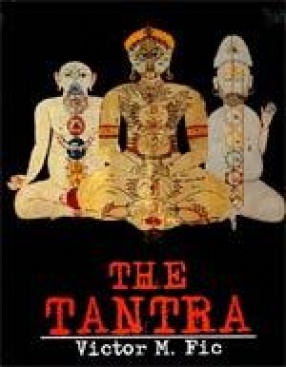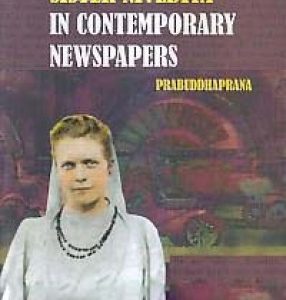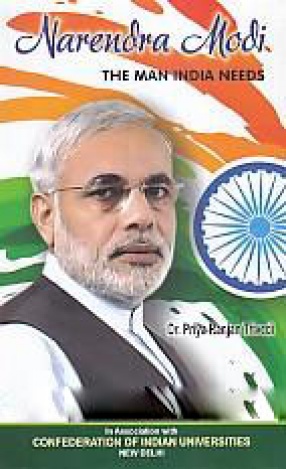This volume describes the most serious threat to the pluralistic nature of the Indonesian society and its secular government posed by an attempts of the Communist Party of Indonesia (PKI) to seize power on October 1, 1965. While the army under General Suharto thwarted the attempt had the coup succeeded there is no doubt that an intensive class warfare would hae destroyed the political parties, religious organizations and entire social classes committed to the preservation of the multifaceted pluralism in the country. The book deals with the establishment of the Biro Chusus by the chairman of the communist Party, D.N. Aidit in 1964, and the methods used by its director Sjam and his staff to penetrate the armed forces and recruit marshal Omar Dani, General Pranoto, General supardjo, Colonial Untung, colonel Latief and a score of other officers for the promotion of the PKI’s objectives. The study then discusses the collapse of President Sukarno on August 4, 1965 due to the failure of his kidneys, and his order to Untung to purge the army’s top command to prevent its political ascendancy should the attack leave the president incapacitated. The three meetings of PKI’s Executive Committee, held in the middle of august 1965, are documented to show how the committee authorized Aidit and the Politbiro to use Untung and his associates to carry out the purge, the destruction of the top generals to be followed by the PKI’s assumption of power in the country. Accordingly, the study reviews the ten meetings of Sjam, and other PKI personnel, with the Untung group held during September 1965 to work out the technical, logistic and other details of the purge. Aidit himself attended the last meeting of the group on September 30, 1965, where he anointed General Pranoto as the new commander of the army to succeed General Yani, who would be killed by Untung’s men the next next day. A letter of standing instructions written by Aidit on November 10, 1965, attached to this volume as Document No. 2, incriminates President Sukarno in this scheme. The instructions speak of the president’s understanding with Mao, negotiated by Aidit with Mao in Peking on August 5, and with the president on August 8, 1965 in the Bogor Palace. The understanding entailed China’s assistance to Sukarno’s plans to set up a “people’s army†in Indonesia, supply of arms to the Untung group to carry out the purge, and Sukarno’s retirement to China for health reasons following the installation of Aidit as prime minister in a new and reconstituted cabinet dominated by the PKI and its allies. Marshal Chen Yi negotiated with Dr. Subandrio details of Sukarno’s retirement to the Swan Lake in China during his visit in Jakarta in the middle of August 1965, envisaging even a forcible removal of Sukarno should such a step be necessary. The book ends by discussing General Suharto’s swift action to put down the PKI’s coup attempt, started by the Untung group murdering six army generals early morning on October 1, 1965. The determination of the military to eliminate the PKI from the political life of the country for its conspiracy with a foreign power and murder of the six army generals, as well as all those who had colluded with the party in this conspiracy, resulted in the destruction of the president and the PKI during 1966, the country had to pay a terrible price for this PKI’s and president’s misadventure, because not only those guilty of plotting but also many innocent people were caught in its maelstrom. They had to spend many year in detention camps at Buru Island and elsewhere, while the innocent members of their families suffered severe discrimination on the job market and elsewhere for years. As the number of victims, guilty or not, reached millions, the PKI’s attempted coup and its aftermath have entered the country’s history books as the days of National Tragedy.
Anatomy of The Jakarta Coup: October 1, 1965
In stock
Free & Quick Delivery Worldwide
reviews
Bibliographic information
Title
Anatomy of The Jakarta Coup: October 1, 1965
Author
Edition
1st ed.
Publisher
ISBN
8170174236
Length
406p., Plates; Maps; Notes; Bibliography; Index; 29cm.
Subjects







There are no reviews yet.